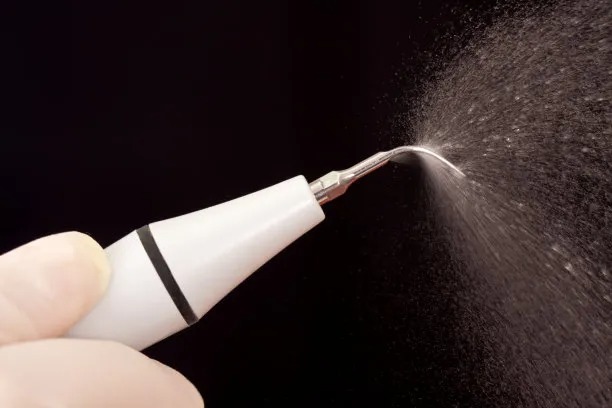Essential Guidelines to Consider Before and After Getting a Dental Filling for Optimal Oral Health
Summary: Dental fillings are essential for repairing cavities and preventing further oral health issues. However, several critical guidelines should be considered both before and after the procedure to ensure optimal outcomes. Understanding the material choices, preparation steps, post-treatment care, and potential side effects can significantly enhance your overall dental experience. By following these essential guidelines, individuals can promote their oral health, minimize discomfort, and ensure the longevity of their fillings. This article will delve into the best practices essential in navigating the journey of getting dental fillings effectively.
1. Understanding Filling Materials and Options

Before getting a dental filling, its crucial to understand the various materials available, such as amalgam, resin composite, and glass ionomer. Each material has its own unique properties, advantages, and disadvantages. For instance, amalgam fillings are durable and cost-effective, making them a popular choice for back teeth where pressure from chewing is high.
Composite fillings, on the other hand, are tooth-colored and more aesthetically pleasing, making them ideal for visible areas. However, they may not be as long-lasting as amalgam. Glass ionomer fillings release fluoride, which can help protect the tooth from further decay, but are best reserved for non-chewing surfaces due to their lower strength.
Discussing these options with your dentist will help you select the most appropriate material based on your specific needs, budget, and aesthetic preferences. Being informed can lead to a more satisfactory choice and a flexible plan for future dental care.
2. Preparation Before the Procedure
Preparation before undergoing a dental filling is essential to ensure a smooth experience. Firstly, it is advisable to communicate any medical conditions or allergies to your dentist, as this information may influence the type of anesthetic used or the material selected for the filling.
Secondly, practicing good oral hygiene before the appointment is vital. This includes brushing and flossing regularly to reduce bacteria in your mouth, which can potentially lead to complications during and after the procedure.
Lastly, consider bringing a friend or a family member with you for moral support. Dental anxiety is common, and having someone there can alleviate stress, making the experience more comfortable. Familiarizing yourself with what to expect during the process can also help ease any nerves.
3. Post-Treatment Care Instructions
After receiving a dental filling, adhering to post-treatment care instructions is crucial for the fillings success and your overall oral health. Initially, it’s recommended to avoid eating or drinking until the numbness from the anesthesia wears off to prevent biting your cheek or tongue inadvertently.
Additionally, it is essential to avoid hard, sticky, or chewy foods for a few days following the procedure. Such foods can put excessive pressure on the filling and lead to damage. Opt for soft foods and gradually reintroduce solid items into your diet.
Maintaining good oral hygiene practices post-treatment is equally important. Resume your regular brushing and flossing routine, but be gentle around the filling for the first few days. Regular dental checkups will also help monitor the condition of the filling and catch any issues early.
4. Recognizing Side Effects and Complications
After a dental filling, some minor side effects can occur, and its vital to recognize them early. Sensitivity to hot, cold, or pressure is common right after the procedure and usually resolves within a few weeks. Nevertheless, if sensitivity persists or worsens, contact your dentist.
Its also essential to monitor for signs of filling displacement or cracks. If you notice any changes in your bite or feel rough spots, schedule a follow-up appointment promptly. Early intervention can often prevent more severe complications down the line.
Lastly, be aware of potential allergic reactions. If you experience symptoms such as rash, itching, or swelling shortly after the filling, ensure you inform your dentist immediately, as they may need to evaluate the materials used in your filling.
Summary:
In summary, getting a dental filling is more than just a simple procedure; it requires a thorough understanding of the materials, thoughtful preparation, diligent post-care, and monitoring of potential side effects. By following these essential guidelines, you can significantly improve your oral health and ensure the longevity of your filling.
This article is compiled by Vickong Dental and the content is for reference only.


